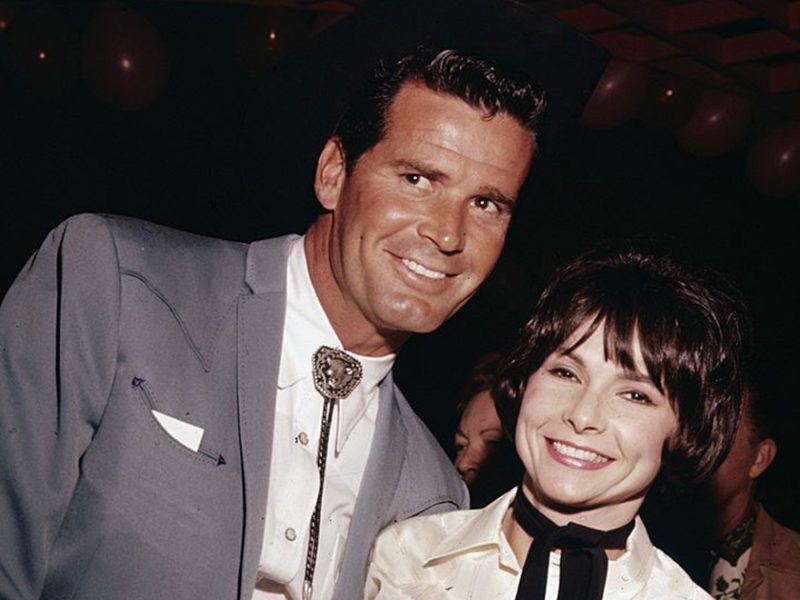By October 30, 2024
Jewelry has always played a vital role in self-expression, serving as a window into cultural values and individual tastes. Among the various types of jewelry, earrings hold a special place, with a history deeply intertwined with societal shifts. While pierced earrings dominated for centuries, the advent of clip-on earrings revolutionized the industry, making earrings accessible to a broader audience. Let’s journey through the history of earrings and uncover the pivotal role clip-ons played in shaping modern fashion.
Earrings first appeared in ancient Mesopotamia, where they were discovered in royal tombs dating back thousands of years. These early pieces were not just decorative—they represented wealth, status, and power. In ancient civilizations, earrings were reserved for the elite, and pierced ears were the universal method of wearing them. Non-pierced options were nonexistent until much later.
During the Renaissance, earrings experienced a decline in popularity. The era’s elaborate hairstyles, wigs, and high collars made earrings impractical and less visible. Although they weren’t entirely abandoned, earrings lost their central role in fashion during this time.
The 17th century brought a revival as women began styling their hair to expose their ears and wearing clothing with lower necklines. Earrings reemerged as symbols of elegance and femininity. However, by the 18th century, wide-brimmed hats and ribbons once again concealed the ears, pushing earrings out of the limelight.
The Victorian era ushered in another transformation. As women stopped wearing bonnets and styled their hair up, earrings regained popularity. But societal norms presented a hurdle—pierced ears were deemed vulgar in Victorian England. This led to the invention of clip-on earrings, which allowed women to accessorize without compromising their reputations. Clip-ons became a game-changer, offering inclusivity and versatility that continues to influence fashion today.


